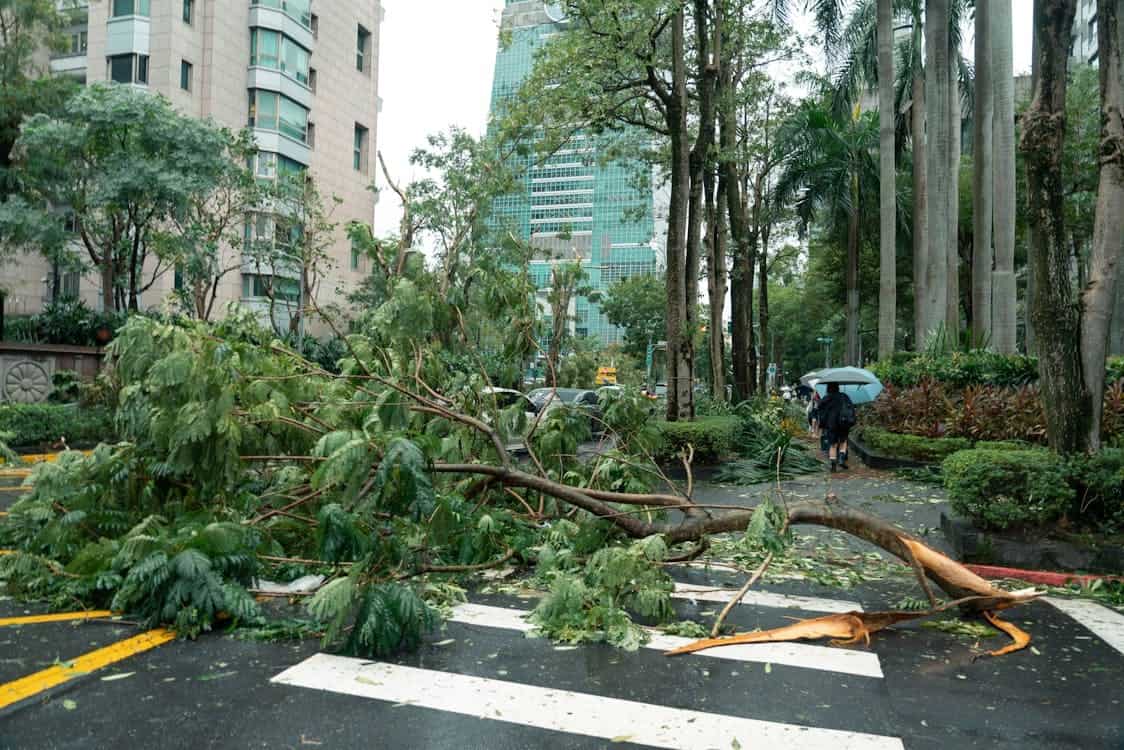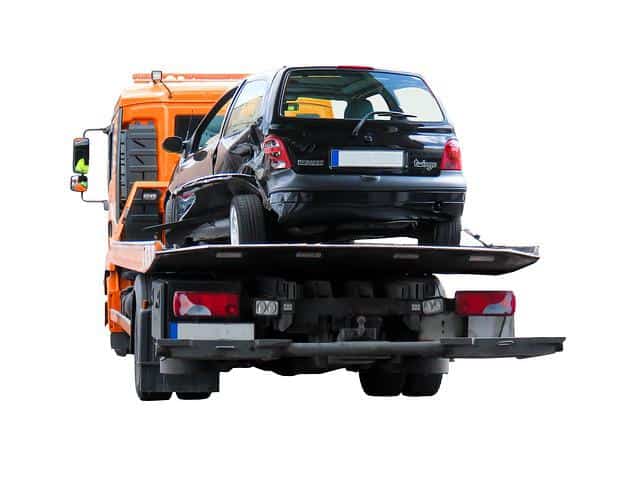
Looking for a way to get the money you deserve when a storm damages your property?
Navigating storm damage injury settlements can be complicated. You are dealing with insurance companies, adjusters, and legal language while you are trying to recover from a devastating weather event.
But here’s the problem:
Most people don’t know their rights when it comes to storm damage claims. They take the first offer from their insurance company without realizing they could be owed much more in compensation.
Without the right protection, you could be leaving thousands of dollars on the table.
This guide will explain everything you need to know about protecting your interests in storm damage injury settlements and the strategies that work.
What you’ll discover:
- Understanding Storm Damage Settlement Basics
- Why Insurance Companies Lowball Settlement Offers
- How to Document Your Storm Damage Properly
- Common Mistakes That Cost You Money
Understanding Storm Damage Settlement Basics
Storm damage settlements are different than most people realize.
When a severe storm hits your property, you’re entering into a legal and financial process that can make or break whether you fully recover from your losses or struggle for years to come.
Here’s what most people don’t realize:
The insurance company is not on your side. They are a business with only one goal in mind: pay out as little as possible while still meeting their legal obligations.
Roughly 95% of personal injury cases end in a settlement before trial. This figure includes storm damage cases where someone suffered an injury along with property damage.
But here’s the kicker…
Just because most cases end in a settlement doesn’t mean people are getting a fair shake. Many storm damage victims accept lowball offers because they don’t understand the true value of their claim.
Storm damage settlements are designed to compensate victims for several types of damages:
- Property damage: Costs to repair or replace your home, business, or personal property
- Personal injury: Medical bills, lost wages, and pain and suffering if you were injured during the storm
- Additional living expenses: Hotel bills, temporary housing, and other costs while your home is uninhabitable
The key here is understanding that these damages can add up fast and you need to account for both immediate and long-term costs.
Why Insurance Companies Lowball Settlement Offers
Wondering why your insurance company’s first offer is so low?
Insurance adjusters are trained professionals who know how to minimize payouts. It’s not personal–it’s their job. They use several tactics designed to reduce how much they pay out on a storm damage claim.
The most common of these tactics include:
Denying or disputing the cause of damage: Claiming your roof damage was due to normal wear and tear and not the recent hailstorm which resulted in 27 weather disasters costing $1 billion or more each in 2024 alone.
Undervaluing the cost of repairs: Using their own network of contractors to provide estimates that are well below market rates.
Pressuring you to settle quickly: Filling up on making you accept before you fully understand the scope of your damages.
Something that might surprise you…
Insured losses from natural catastrophes exceeded $100 billion for the third straight year in 2023. With insurance companies squeezed from every direction, they are even more motivated to limit payouts.
The result is the home and business owners get left holding the bag on major expenses that should have been covered by insurance.
That’s why the right representation matters. A qualified storm damage lawyer in Texas understands insurance adjuster tactics and knows how to counteract them. They can review your policy and damages and fight for the maximum compensation you are entitled to.
How to Document Your Storm Damage Properly
Documentation is key in storm damage settlements.
If you can’t prove it, you won’t get compensated for it. Insurance companies love victims who have poor documentation because they can use it as an excuse to deny or downplay claims.
Proper documentation begins the moment the storm passes and you are able to safely assess the damage.
Follow this simple process:
Take photos and videos of everything. Document every angle of the damaged areas, as well as any parts of your home that are undamaged for comparison purposes.
Make sure to take close-ups of specific damage, such as broken windows or roof shingles, as well as wide-angle shots that capture the full extent of the destruction.
Create an inventory of damaged items. Make a list of everything damaged or destroyed in the storm, including age, condition, and estimated replacement costs.
Document any temporary repairs. If you need to do emergency work to prevent further damage from occurring, be sure to photograph the damage first and save all receipts.
Where most people mess up…
They forget to document their injuries and additional expenses. If the storm caused you to slip and fall or get injured by debris, you need medical records and photos of your injuries.
Keep a record of every storm damage-related expense including:
- Hotel bills if you can’t live in your home
- Restaurant meals if your kitchen is unusable
- Storage fees for your belongings
- Rental car if your vehicle was damaged
This documentation will be vital evidence when you negotiate your settlement.
Common Mistakes That Cost You Money
Want to know the mistakes that sink storm damage settlements?
Most people make critical errors during the claim process that cost them thousands. These mistakes are completely avoidable if you know what to look for.
Mistake #1: Accepting the first offer
Insurance companies are counting on you to accept the first offer. Don’t fall for this tactic, as the first offer is usually extremely low.
Mistake #2: Not reading your policy
You can’t know your rights if you don’t understand your coverage. Read your policy carefully, paying special attention to sections regarding storm damage, deductibles, and claim procedures.
Mistake #3: Giving recorded statements too early
Insurance adjusters may ask you for a recorded statement before you’ve had time to fully assess the damage or consult with a lawyer. Be careful about what you say, as these statements can be used against you later.
Mistake #4: Making permanent repairs before inspection
It’s important to make temporary repairs to prevent further damage from occurring, but don’t make permanent repairs until your adjuster has inspected the damage and approved the work.
The biggest mistake of all?
Assuming your insurance company will treat you fairly without any oversight.
In major damage cases, or when insurance companies are being difficult, professional representation is critical. Lawyers know insurance law and are familiar with adjuster tactics.
They have resources you don’t. Such as relationships with expert witnesses, contractors that provide realistic repair estimates, and investigators.
Texas law allows two years from the date of the property damage to file a lawsuit. Don’t wait until the deadline looms.
Wrapping It All Together
Protecting your interests in a storm damage injury settlement isn’t about getting rich. It’s about getting whole.
You deserve to be fully compensated for your losses. This includes not just the property damage, but also all related expenses, inconvenience, and disruption caused by the severe weather.
The truth is storm damage settlements can be complex. Insurance companies have teams of people protecting their bottom line and you need the same level of protection.
Don’t let an insurance company take advantage of you. With proper documentation, a good understanding of your rights, and professional representation when necessary, you can get the compensation you deserve.
Most personal injury and property damage cases settle out of court. But getting a fair settlement requires preparation, patience, and sometimes the willingness to fight for what you’re owed.
The storm may have damaged your property but it doesn’t have to damage your financial future. Take action from day one and don’t settle for less than the full compensation you deserve.







